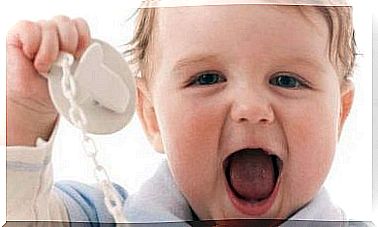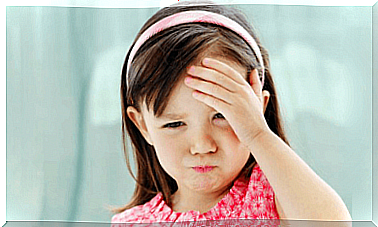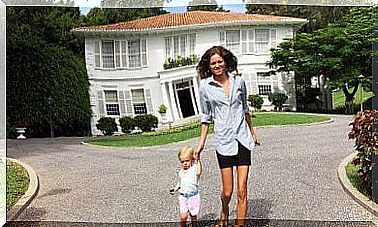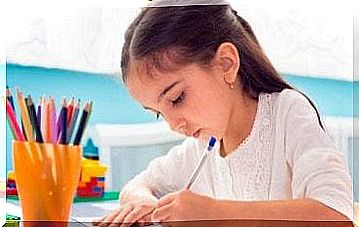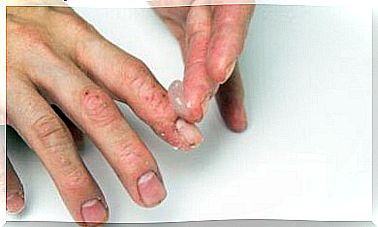3 Techniques To Increase The Child’s Self-control – Being Parents
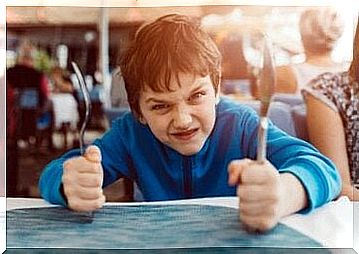
Self-control is the ability to direct one’s own behavior, to manage one’s emotions, feelings and thoughts. But children, in their first years of life, in the infant stage, have not developed this ability, which is why they need to train it, work it and practice it through certain exercises. In this article, we describe 3 techniques to increase the child’s self-control.
These techniques and activities are designed to be performed in the family and school context, with children gaining most of the learning in these two environments.
3 techniques to increase the child’s self-control
The traffic light technique to increase self-control in children
The traffic light technique helps children understand and deal with their own negative impulses, behaviors and emotions. It is about teaching them, by the representation of a traffic light, to set up solutions adapted to the different situations in which they tend to feel angry or frustrated.
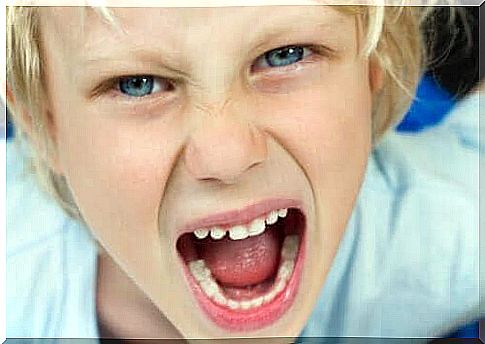
In this sense, when this happens to them, they must remember the three colors of fire and associate each of them with the performance of a certain action:
- Red : stop and take a moment to breathe quietly.
- Yellow : think of possible alternatives.
- Green : act and implement the best solution.
By following this simple process, children are able to identify the sensations before impulsive behavior and manage to calm down, resolve the conflict satisfactorily, and act correctly.
Finally, to check that the children have understood the traffic light technique, and to reinforce this knowledge, it is possible to play at representing different situations in which this technique of self-control must be put into practice.
Identifying what is right and what is wrong
With this exercise of identifying what is good and what is bad, we work on the regulation of behavior based on the recognition of appropriate and inadequate behavior. To do this, children must first be presented with a series of pictograms which can be downloaded from the ARASAAC website.
The children must then say what each of these pictograms means and, if it is difficult to extract the meaning, we help them. Finally, they should be responsible for putting each of the actions on the corresponding sheet :
- In the green model: if it is good behavior.
- In the red model: if it is the behavior that is bad.

Exercise “If…, then…”
The “If… then…” exercise increases the child’s self-control by reflecting on how to act in a series of hypothetical situations. For its execution, children are given a table on which they can observe two columns:
- One of them is called “if…”.
- The other bears the name “then….”.
Children should place pictures of situations in the “if…” column:
- Conflictual
- Frustrating
- Causing nervousness or stress
- Causing fatigue or boredom
They are then shown a series of different pictograms: a mother, a father, a teacher, the act of speaking, breathing, thinking, asking for forgiveness, etc. Children must choose from these pictograms those they deem necessary to respond to the situation in question. Therefore, they should place them in the “then…” column in the order in which they should perform each action.
So, for example, if they experience frustration in the classroom because they are unable to complete a task, they should place pictures in the following order: breathe, think, and tell the teacher. They thus learn to master situations in a theoretical way and then put them into practice successfully.
